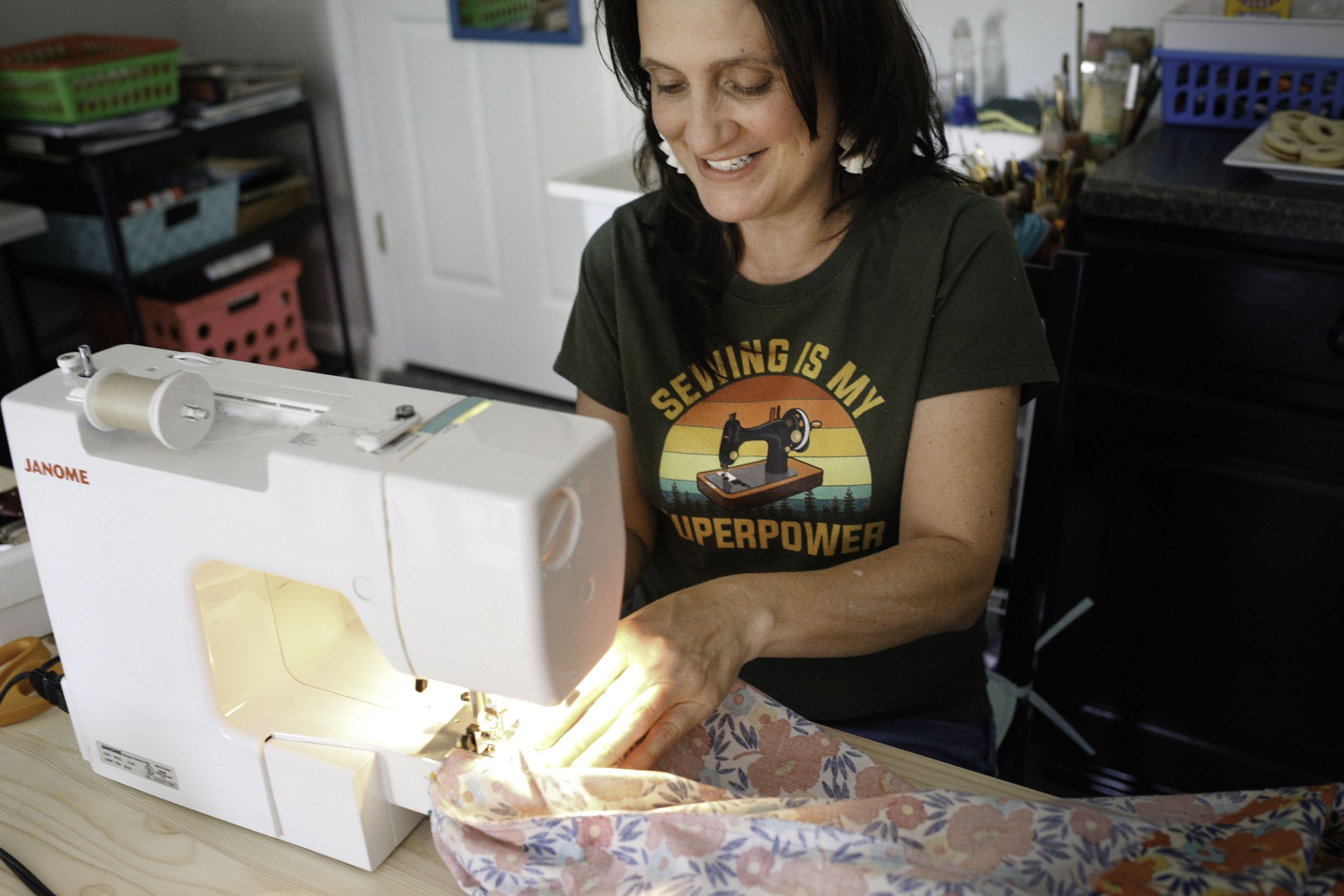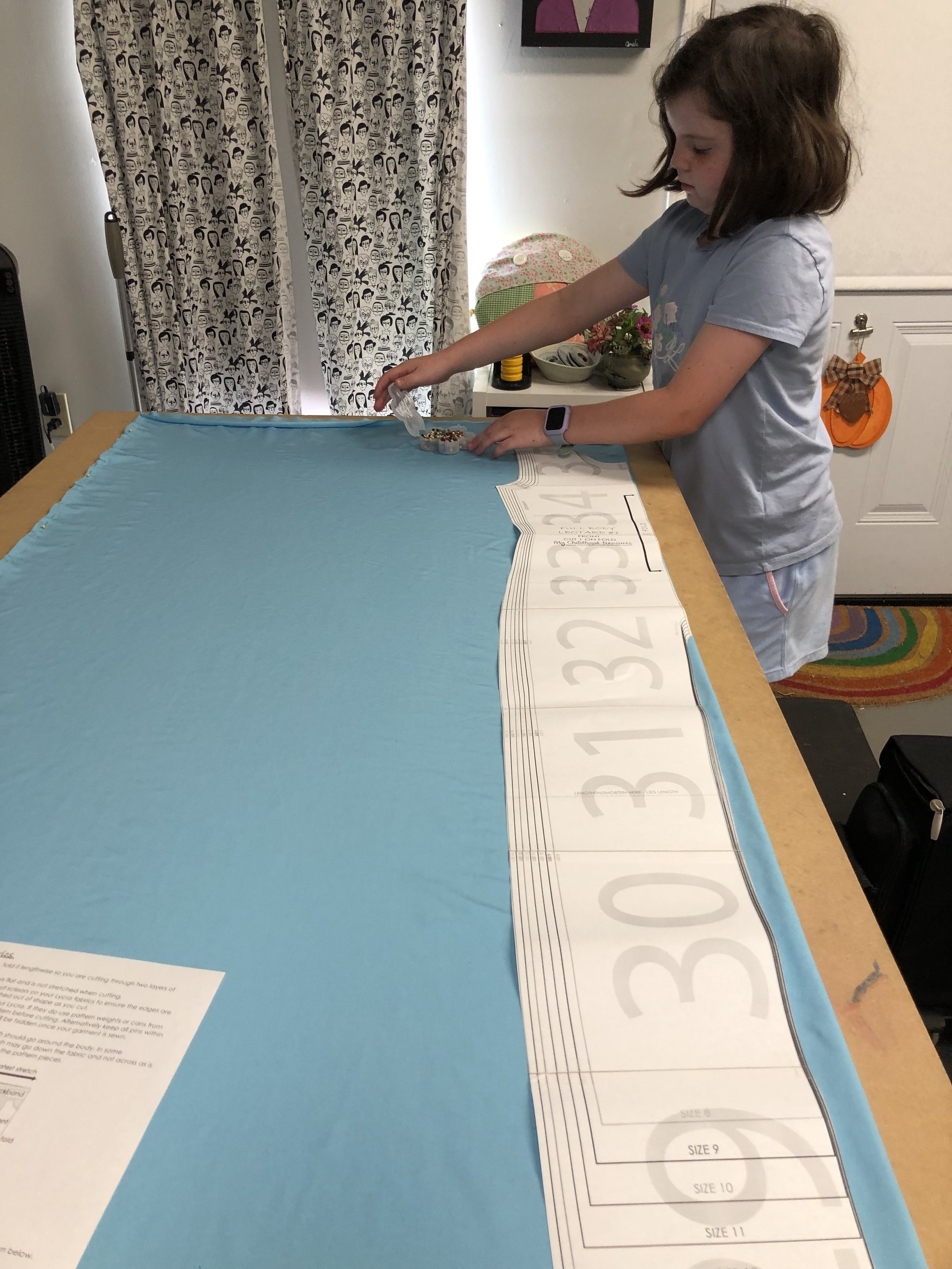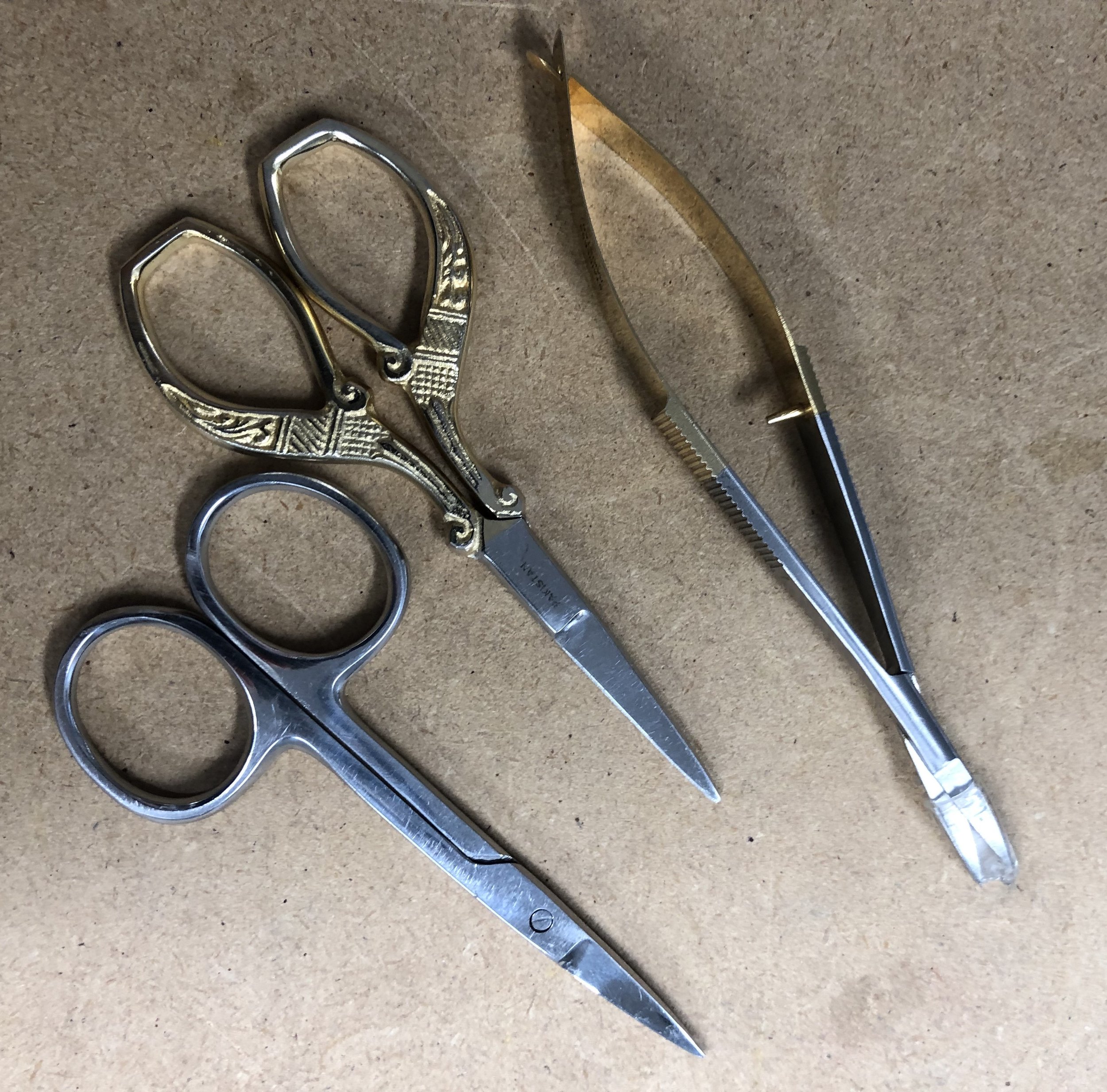As an Amazon Associate I earn from qualifying purchases.
It is that time of year again. The time to gather up our gift lists and hit the stores or the web. Does your list include a sewing machine this year? I get asked every single year, what my recommendations for sewing machines are and this can be a tough one, because each person has different sewing needs and every machine has different attributes and limitations Add to that the fact that new machines keep being manufactured, so it is hard to keep up! However, I have been sewing since the 1980s so I have some insight that I can share.
Janome Hello Kitty is cute but you can get a better machine by the same company
I love mechanical machines. I know technology is everywhere but I really do not want to boot up my sewing machine. With that being said, I did recently upgrade to a computerized machine, and so far, we are getting along great. But why do I prefer mechanical machines? They are easier to repair, less temperamental and often more durable making them suitable for beginners.
Just because a brand was a good one 50 years ago, doesn’t mean it makes good machines now. Do your research and double check reviews. Some machine companies have changed hands and the only good thing about their newer machines is their name. Though vintage machines are often really good quality.
Know what you want to sew. If you are looking to embroider, then you might just want an embroidery machine. If you are looking to quilt, a machine geared for quilters might be a better fit for you than one that is all purpose.
My top recommendations for sewing machines:
A great sewing machine for beginners who are children- I have had several young students come in with this little Hello Kitty Janome Machine. It is cute and it works, but it is not very smooth and doesn’t have many basic features meaning it will not grow with the beginner for very long. It makes more sense to get this one for the same company.
Janome Blue Couture It is a basic machine but has the essentials such as zipper foot, blind hem foot and 4 step buttonhole function making it much more useful.
Brother Machines are suitable for beginners and I have had several adult and younger students bring in Brother sewing machines including this machine. Brother Machine It has a drop in bobbin which is nice, 6 presser feet, and is a sturdy little machine perfect for beginners of all ages. Many of the Brothers are similar and I would recommend a mechanical one for beginners. My only caveat with this brand is that on some models the needle position defaults to a position where the seam allowances do not line up with the needle position. So make sure to measure your needle position to make sure the seam allowances are correct and then adjust your needle position if necessary.
Sewist 500. I love this machine. I have had mine since 2011 and really love it. It is mechanical, sews like a workhorse and is reliable. I cannot find an Amazon link for it but here is the Janome website link so you can check it out and find a dealer or shop near you. Janome Sewist 500
Janome 4120QDC. I recently upgraded to this beauty and I am in love. It is computerized which I said earlier that I do not prefer. However, I wanted something that could sew just a little smoother and do some cooler things than I was able to do with my Sewist 500 which was getting tired. I have found this machine to be delightful to work on and gives me a little more power than what I had before but it is not so complicated that I find it frustrating. Janome 4120QDC
There are lots of other great machines out there and this is a small list of the ones I am most familiar with currently. I have worked on Bernina, Viking, Necchi, White, Singer, Kenmore, Elna and probably more in my career. I tend to enjoy Janome and Kenmore the most but there are great machines in all of the above brands. Sometimes the vintage ones are the real stars. So consider what you want to sew (or what the person on your gift list wants to sew), do a little research and get ready to cross a sewing machine off your holiday gift list.
Happy Sewing!
Andi Bedsworth













